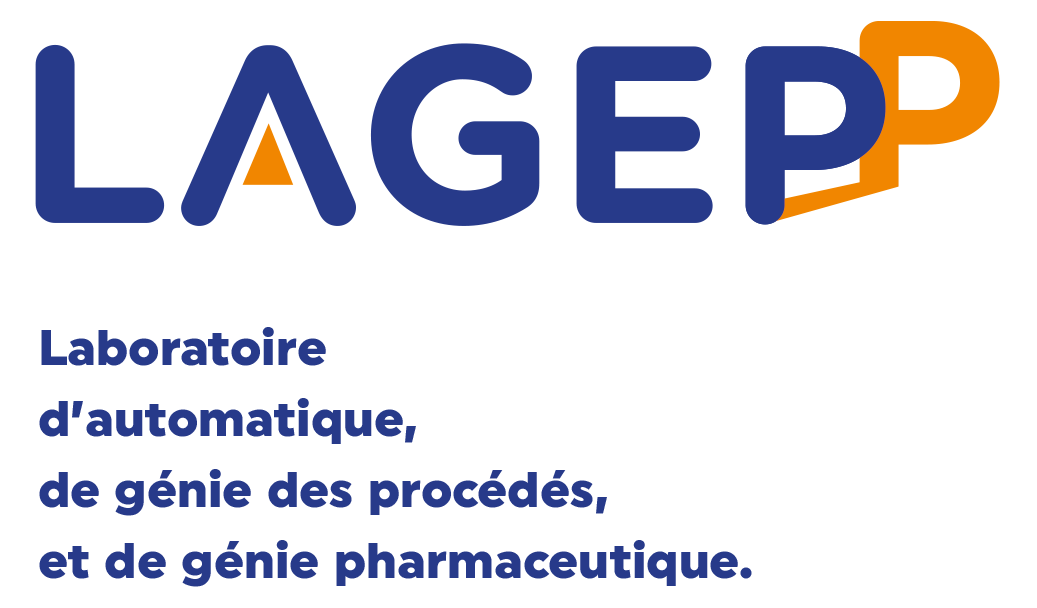Optimisation of fragrance finishing on cotton by grafting of β-cyclodextrin based microcapsules: Application of the experimental design methodology
Résumé
The grafting reaction of β-cyclodextrin-based microcapsules containing neroline onto pure cotton jersey knitted fabric is studied. The influence of the concentrations of microcapsules, citric acid (CA) crosslinking agent and catalyst on the fabric mass gain was studied to determine the optimum operating conditions. For this purpose, an experimental design based on response surface methodology (RSM) was used leading to the development of a predictive statistical model. The optimal grafting conditions were thus determined: 107.6 g⋅L−1 for microcapsules concentration, 111.9 g⋅L−1 for CA concentration and 50 g⋅L−1 for disodium hydrogen phosphate (DHP) catalyst concentration (CAT). Morphology, tensile properties, air permeability and washing fastness of finished textile were studied to evaluate the effectiveness of the optimised grafting process.
Origine : Fichiers éditeurs autorisés sur une archive ouverte




